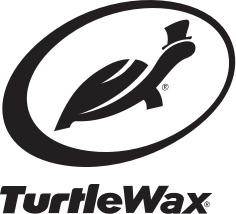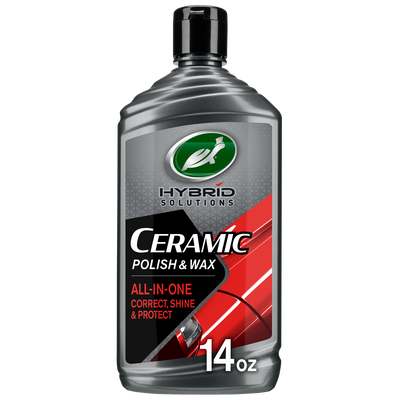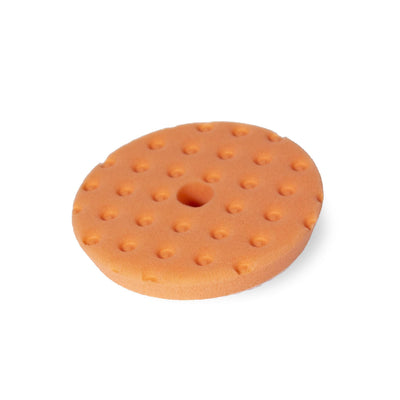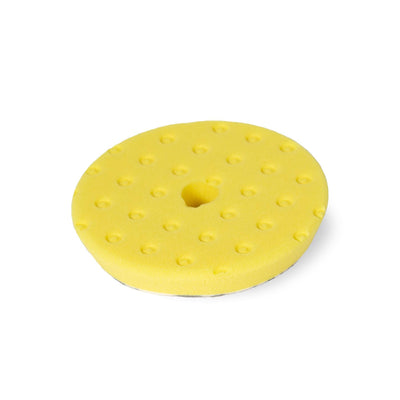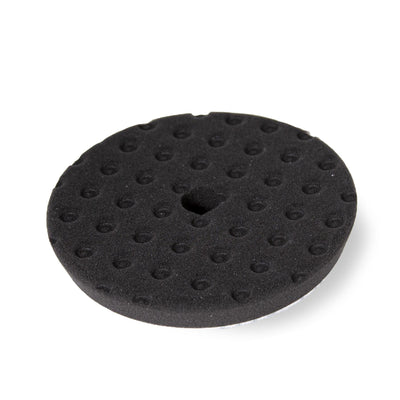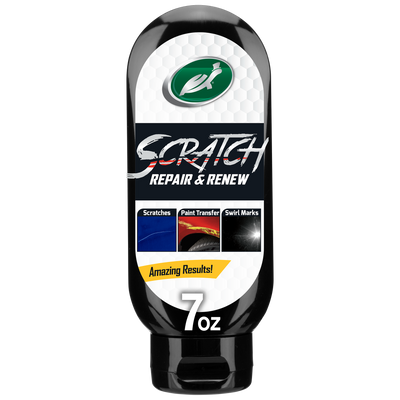
FREE DELIVERY ON ORDERS OVER $30
20% OFF WHEEL & TIRE with code WHEEL20
THOUSANDS OF 5-STAR REVIEWS
- Home
-
Exterior
- Wash
- Wax, Seal & Coat
- Paint Correct
-
Restore
- headlight restoration
- scratch repair
- trim restoration
- bug & tar removal
- metal & chrome finish
- View all Restore
- Wheel & Tire
- View all Exterior
- Interior
- Hybrid Solutions
-
Mister Cartoon
- Mister Cartoon Complete Collection
- Mister Cartoon Air Care & Foggers
- Mister Cartoon Wash, Wax & Detailer
- Mister Cartoon Interior, LVP & Protectant
- Mister Cartoon Wheel & Tire
- View all Mister Cartoon
- Car Care Kits
- Accessories
- Learn
- Rewards
- Product Finder
FREE DELIVERY ON ORDERS OVER $30
20% OFF WHEEL & TIRE with code WHEEL20
THOUSANDS OF 5-STAR REVIEWS
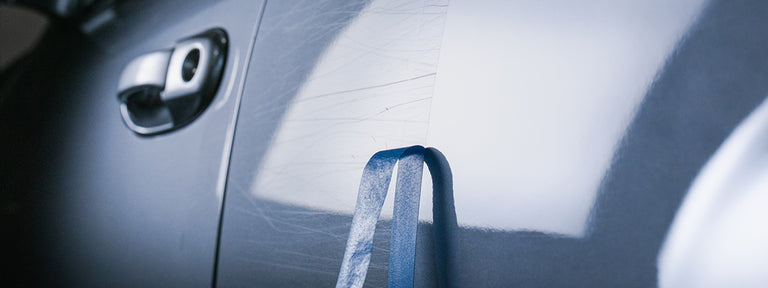
TYPES OF CAR SCRATCHES & REPAIRS EXPLAINED
In this article you will learn:
- The different types of car scratches and which products to use to repair them
- How to buff out scratches on your car exterior to correct and restore your paintwork
- When to call a professional detailer
